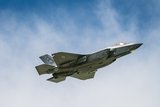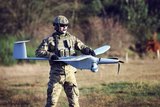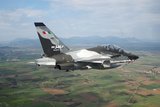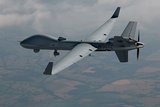Design and analysis workflow could enable faster and cheaper US hypersonic tests
Engineering simulation specialist Ansys has teamed with the University of Texas at Arlington (UTA) to provide a design and analysis workflow that will validate validating system models of current and next-generation US hypersonic vehicles.
Ansys announced on 22 September that the workflow will verify its software code fidelity by conducting physical high-speed flight tests in UTA's arc jet hypersonic wind tunnel (pictured).
This will ‘fast-track certification of simulation software codes, help decrease hypersonic technology development spending and increase engineering productivity’, Ansys claimed.
More broadly, the collaboration also aims to save hundreds of millions of dollars in spacecraft and missile prototype testing.
The DoD and NASA have prioritised the development of high-speed hypersonic aircraft, spacecraft and missile, but funding prototype flight tests is a lengthy and expensive process costing up to $100 million. There is also a shortage of engineers with hypersonic vehicle design experience.
‘Testing and validating physics-based component models within a wind tunnel that operates at hypersonic speeds and temperatures delivers a major technological advantage for our mutual customers, driving faster development of cost-effective solutions,’ explained Luca Maddalena, professor of aerospace engineering and director of the Aerodynamics Research Center at UTA.
As part of our promise to deliver comprehensive coverage to our Defence Insight and Premium News subscribers, our curated defence news content provides the latest industry updates, contract awards and programme milestones.
More from Air Warfare
-
![Portugal signals interest in establishing A-29N final assembly line]()
Portugal signals interest in establishing A-29N final assembly line
As the launch customer for the NATO-configured variant, Portugal also took delivery of the first five A-29N aircraft from its order for 12, placed in 2024.
-
![Leonardo signs contract on Austria’s M-346 aircraft order]()
Leonardo signs contract on Austria’s M-346 aircraft order
The first of the 12 M-346 aircraft are expected to be delivered to the Austrian Air Force by 2028, according to the company.
-
![2025 UAV market review: $7.8 billion in new contracts signed as US leads spending]()
2025 UAV market review: $7.8 billion in new contracts signed as US leads spending
Qatar and Indonesia followed the US’s high spending on new uncrewed aerial vehicle contracts across 2025, while MALE and micro drones and loitering munitions were particularly popular subcategories this year.






















